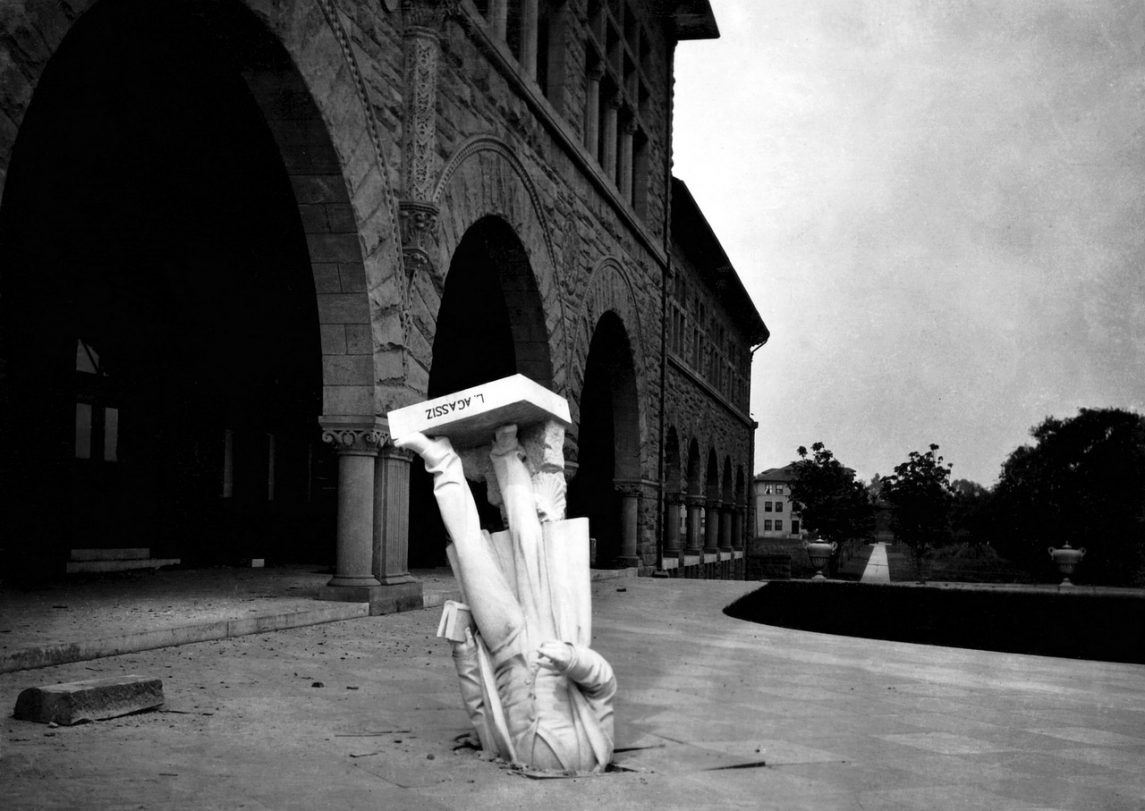- April 18, 2017
- No Comment
The Art & Science of Earthquake Resistant Buildings

Some of the most densely populated regions on Earth are alarmingly earthquake-prone. While ‘stop building cities and towns in earthquake-prone areas’ might seem a logical and worthwhile suggestion from the court of public opinion, we humans don’t seem to have the wherewithal to move away from our beautiful mountainous, picturesque, fault-line adjacent dwellings. So long as we continue to live amongst and build within earthquake zones, scientists and civil engineers are tasked with the mission to improve the resistance of buildings to the seismic murmurings of the continental plates.
Earthquakes and civilisation
Since civilisations began to settle and gradually build more substantial dwellings, people have faced the blight of earthquakes. While, in developed nations, you’re about as likely to be killed in an earthquake as to be shot by a toddler (actually an alarmingly large number in the USA, come to think of it…) there is no doubt that the devastation to property is incalculably large.
While Australia sits comfortably atop the Indo-Australian plate and away from its cranky edges, many of the world’s most populous areas are right in the danger zone. Chile, New Zealand and Japan face substantial risk, so too does most of Indonesia and Papua New Guinea.

Earthquakes don’t kill people. Buildings kill people. And so do bookcases.
Murderous toddlers aside, many of the people who live in prone areas still fear the prospect of dying in an earthquake. There are simple measures residents can take to ensure the interior of their home is as earthquake-proof as possible, including securing bookcases and cabinets to walls; properly securing large frames and decorations; installing safety latches on cabinets and drawers; moving beds and furniture away from windows (which may shatter); and removing non-secured items from above cabinets and dressers.
Building techniques to prevent earthquake destruction
Engineers continue to try and improve the earthquake resistance of buildings as new techniques and materials come to the fore. There are some tried and tested methods which have been used for many decades, while others are new whizz-bang technologies which are pushing the envelope in earthquake resistance.
Bolted foundations
Most houses are built in a sequence: Foundations laid, frame erected, skin laid, roof placed on top. (Alright, so it’s only slightly more complicated than that.) The problem with this type of construction is that it cannot withstand the lateral force of an earthquake. Whole houses can simply slip right off their foundations, much in the way your Lego mansion would, if you shook your work surface around. Trying to fix a house which has fallen off its foundations is nigh on impossible. By bolting the frame to the foundations, a home is safe from the risk of slipping away.
Wooden frames
Brick and stone houses, while good enough for the three little pigs, are not the ideal design for earthquake resistance. These kinds of building materials are strong, but brittle. Give a few shakes of any decent earthquake, and they are likely to split, crack and shatter. Building in pliable and flexible materials like wood can make buildings more able to absorb impact and simply ‘bounce back.’
Building with wood is not exactly ideal for high-rise buildings, however, and for this reason, other mitigations are utilised. More about that soon.
Secure or remove chimneys
Chimneys are one of the most hazardous features in and around the home. Often built as external structures, of nothing more than bare bricks and mortar; their lack of reinforcement means that the smallest of earthquakes can cause them to jostle, crack and collapse. There are a number of retro-fitting options available to reinforce your chimney, but most experts recommend simply removing them. There’s only one sure way to avoid a shark attack, as they say, and that’s to avoid getting in the sea. The same principle applies here: No chimney = no death by chimney.
Base isolation
The relatively new technique of ‘base isolation’ works by moving the building’s base away from the temperamental earth. Using a series of ‘pads’ or bearings, the building is shielded from the damaging blows of violently shifting terrain. The pads beneath the building effectively take the brunt of the blows like a giant shock absorber, while the structure hovers around on top, (hopefully) undamaged.
Tuned mass dampers
Did you know that buildings have a resonant frequency just like a plucked guitar string? Most of us are so attached the idea of buildings being rigid, unbending structures that this is a baffling notion. Nonetheless, it’s true. Skyscrapers especially, are prone to a few plucks of the strings in a strong wind, or in earthquake conditions. Tuned mass dampers act to absorb some of those frequencies, and effectively reduce the swaying experienced by the building proper. One of the world’s most famous TMDs is that of the TAIPEI 101, which, rather than being hidden from view, was made somewhat of a local attraction.





